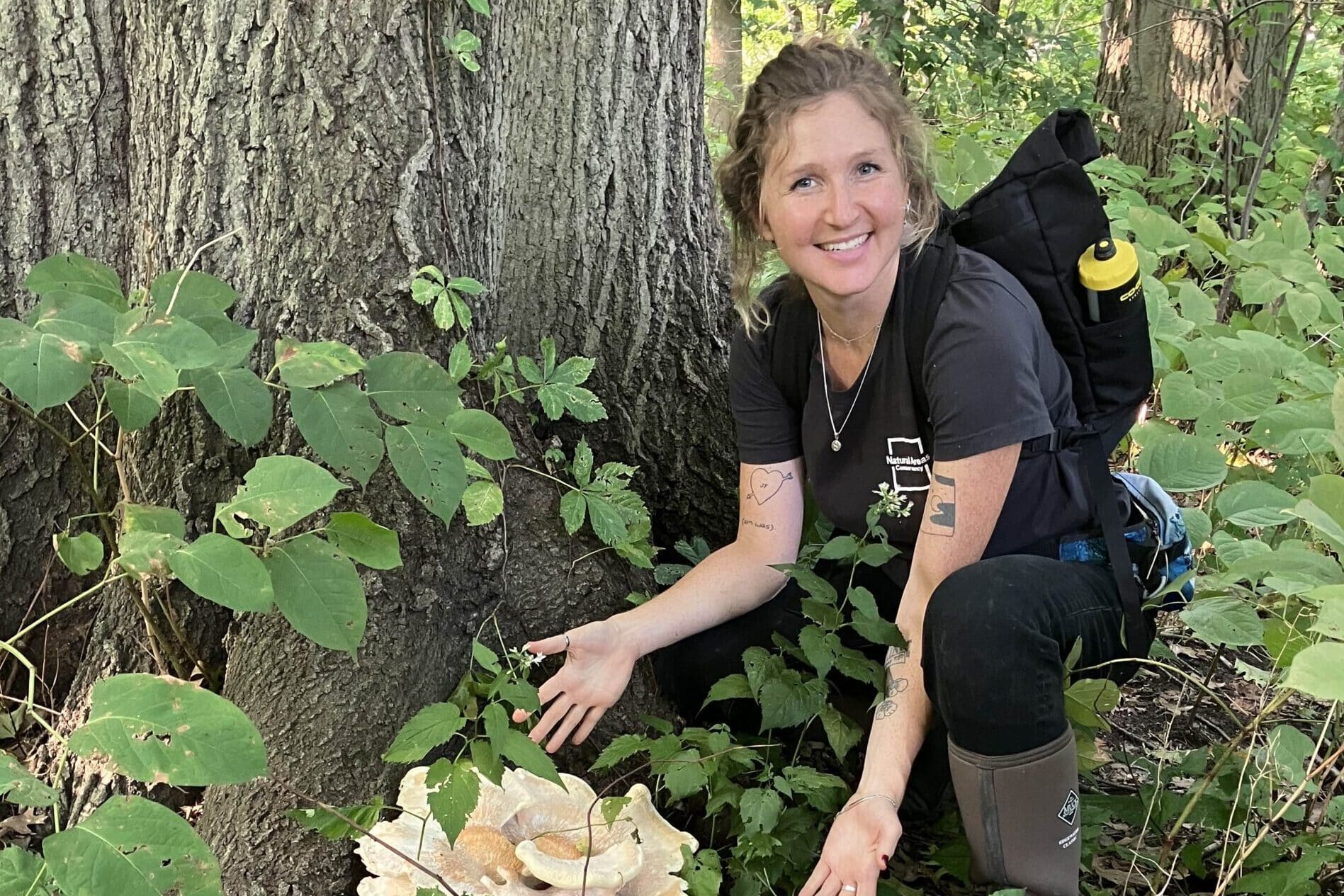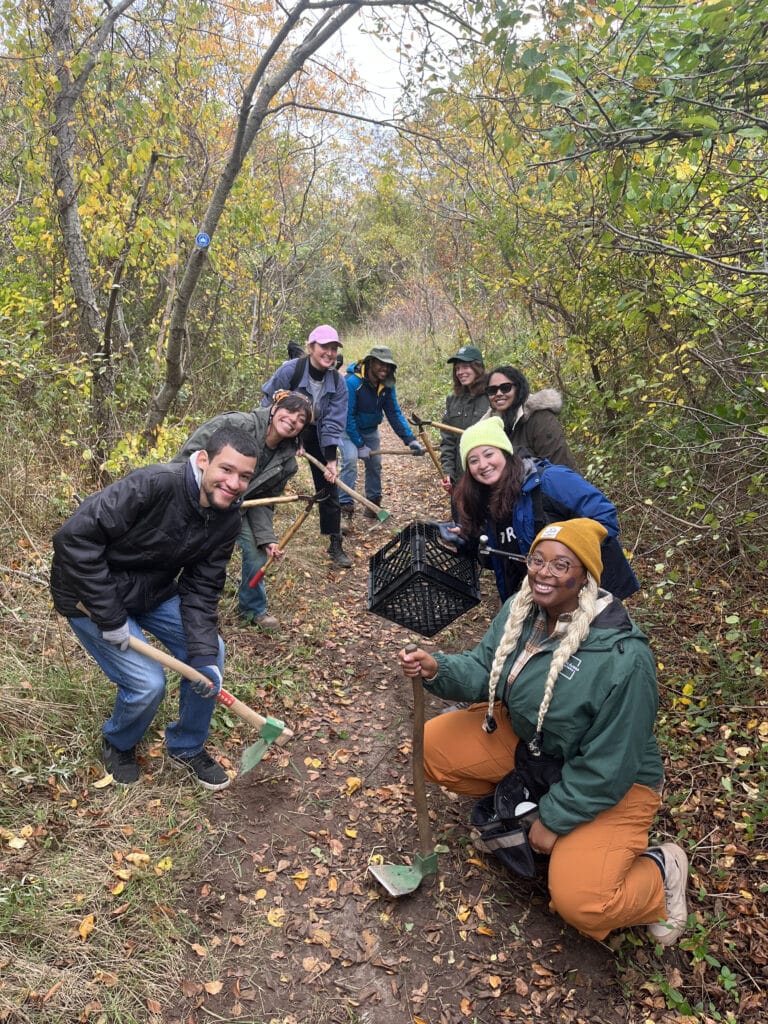Field Notes: Q&A with Intern Caitlin Lynch
By Natural Areas Conservancy on July 01, 2023

By Natural Areas Conservancy on July 01, 2023

Caitlin Lynch is an intern in the Natural Areas Conservancy’s Summer 2023 CUNY internship program. She works as Crew Leader on the Natural and Nature-Based Features (NNBF) intern project. In August, she will be beginning an MS in Earth and Environmental Science at Brooklyn College.
Read on to learn more about Caitlin and what she’s been up to at the NAC!
CL: This is my second summer with the NAC, and I had such an amazing experience last year learning plant identification, meeting amazing peers and working outdoors, I was eager to participate again. Initially, I wanted to work with the NAC to get hands-on ecological field work experience related to restoration and conservation, so when a professor mentioned this opportunity, I jumped at the chance. I have always been highly observant of nature, and I wanted to be able to apply those skills in a technical and scientific method.
CL: This summer, I am working as Crew Leader on the Natural and Nature-Based Features (NNBF) project, which collects a wide range of data on wetland/salt marsh restoration projects throughout the state. Coastal and salt marsh restoration work is of particular interest to me since this ecosystem has an extremely high capacity to store carbon, remove pollution and reduce the impacts of sea-level rise. However, it is also very challenging to make this type of ecological restoration effective, so I am interested in learning what metrics are used to evaluate and assess these projects.
CL: Inwood Hill Park is a hidden gem that truly feels like being in the woods while being in NYC. I especially recommend going in spring and fall, when you can see the diversity of plants putting on new growth or changing leaves. With a huge community of native plants, this is a great place to practice plant identification.
CL: I honestly have learned to love all of NYC flora and fauna but one of my favorites recently is the white mulberry tree, which is a non-native plant and produces fruit in June that literally tastes like candy. Also, the eastern prickly pear, which is the only cactus native to the Northeast and grows at the beach!
CL: I think we can all educate ourselves about the biodiversity living alongside us and the roles they play in providing ecosystem services. This can be as simple as using iNaturalist, going on a birding tour, connecting with a local park or garden. Although we live in a huge urban area, there are a myriad of organisms that also survive (and even thrive) in NYC. Once we learn about these living things, we can work to create habitats and resources they need and in turn improve human quality of life as well.
CL: I am starting a Master’s program in Earth and Environmental Science in the fall at Brooklyn College, where I aim to continue learning about natural systems and biogeochemical processes in order to better understand, measure and inform successful restoration projects in an urban setting. After this program, I plan to use my skills to build a career in restoration ecology, possibly as a consultant, researcher or alongside a government entity.
